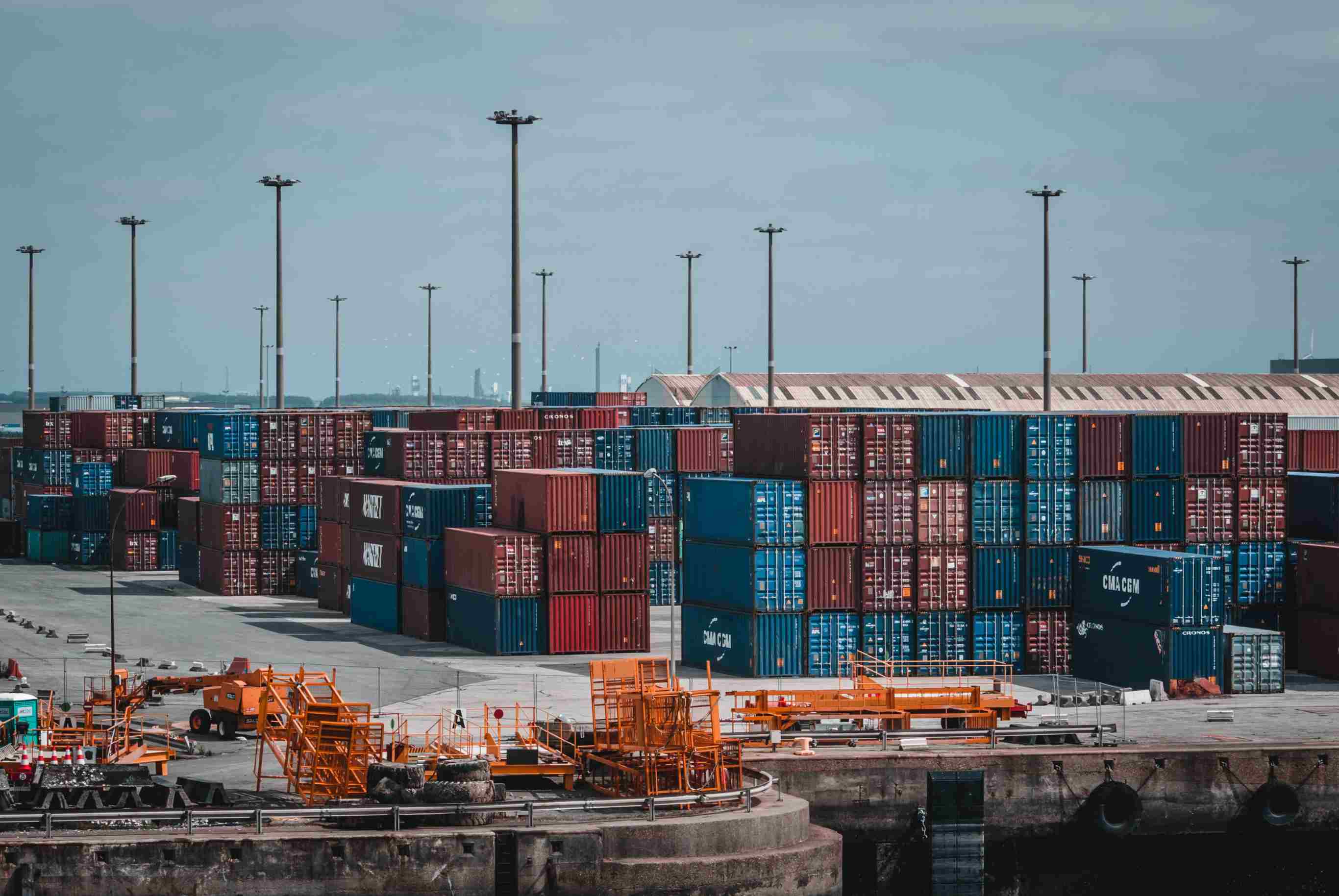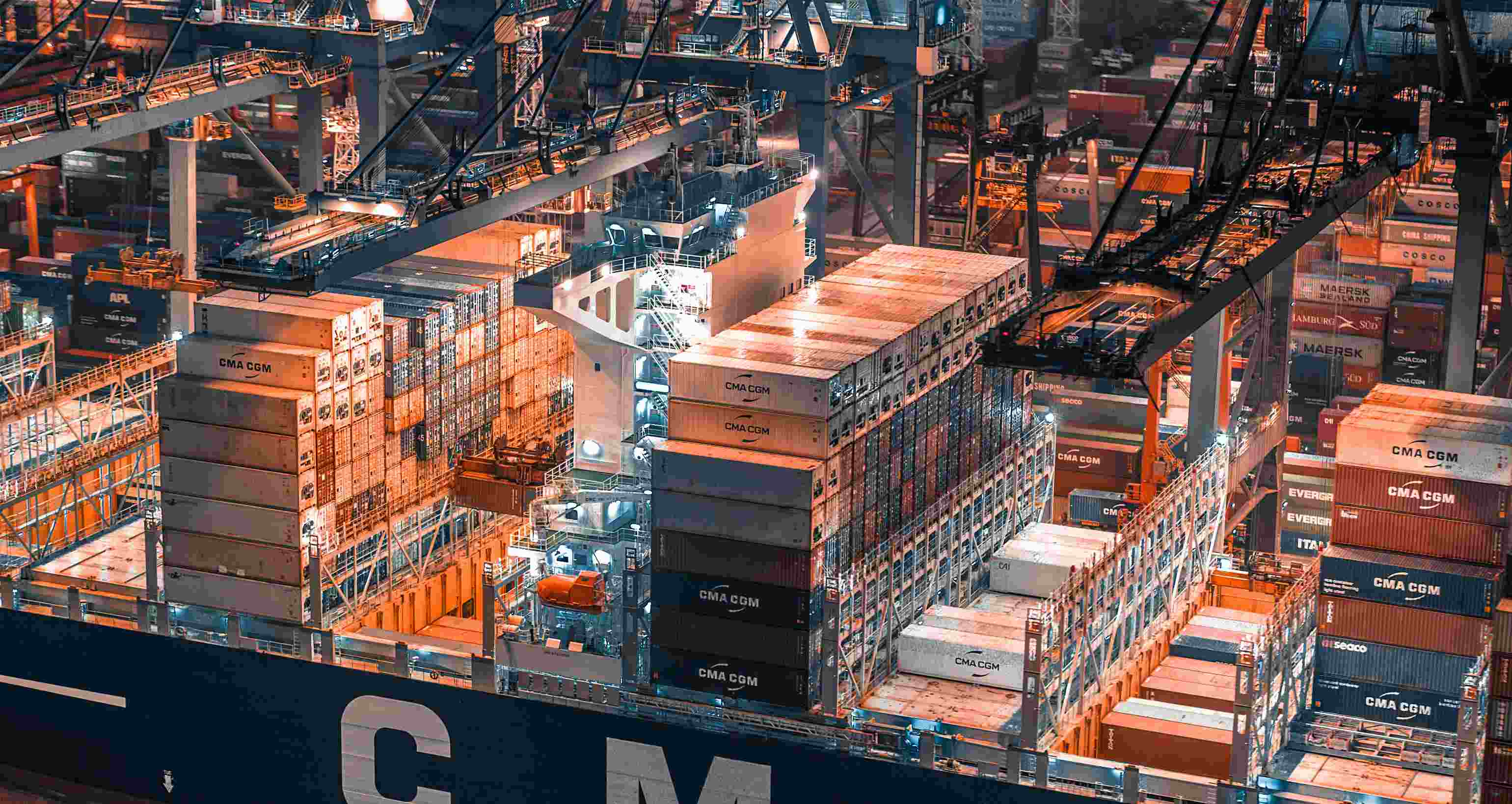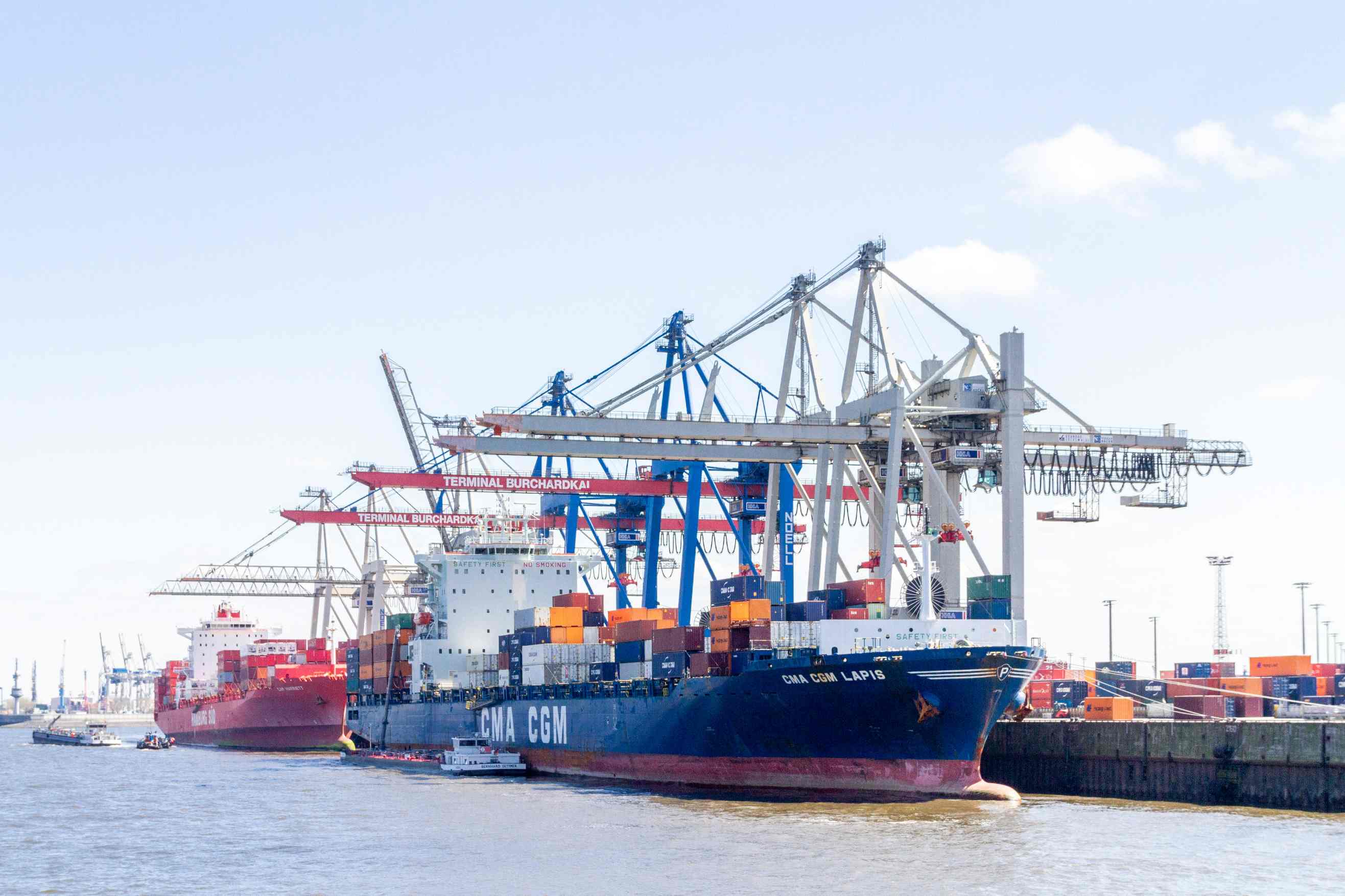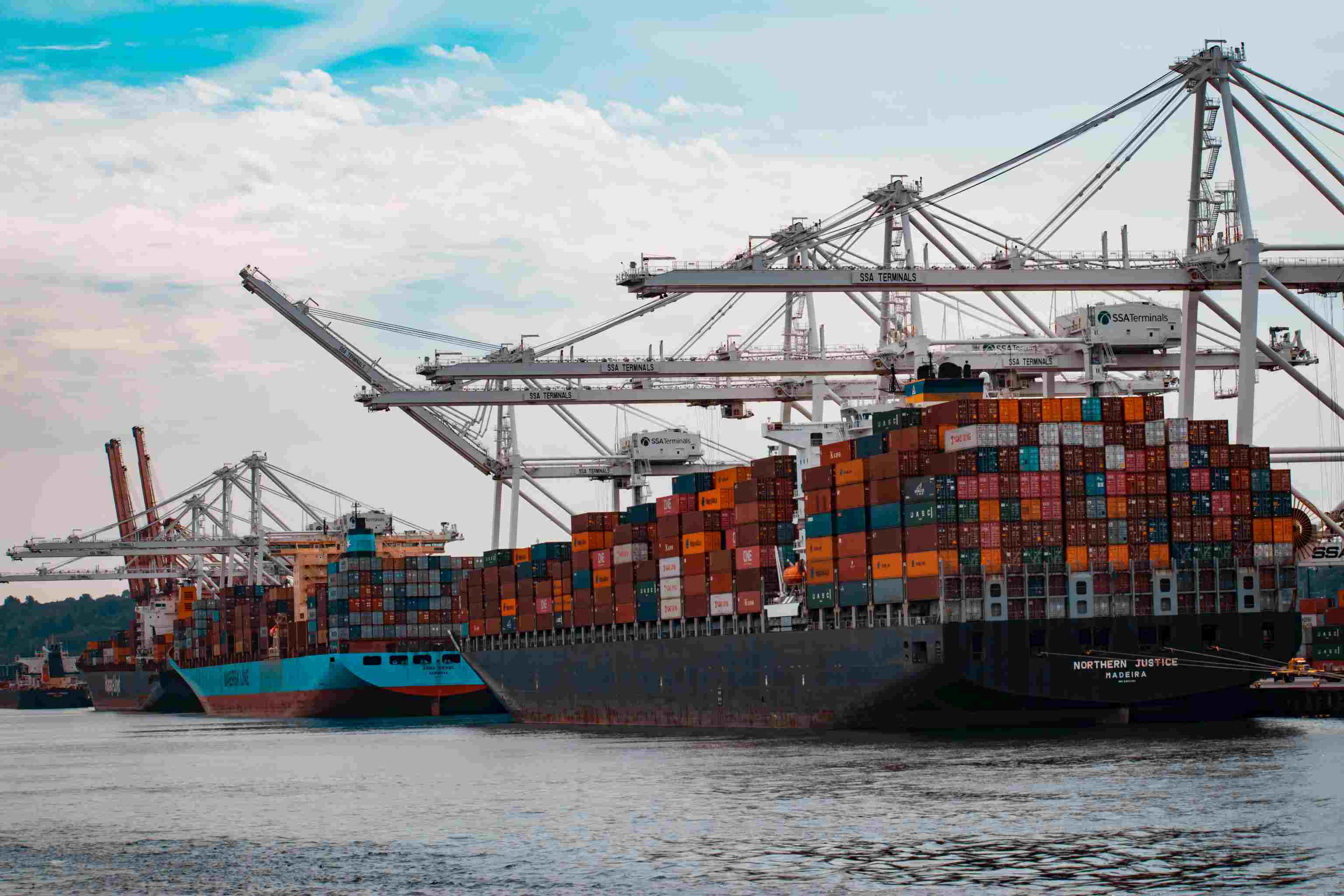27% of accidents on board are caused by incorrect declaration of cargo
David Nichol, a risk assessor at the UK P & I Club Risk Assessor, pointed out that the data obtained from the 2013-2014 Cargo Incident Notification System (CINS) showed that as far as causality is detected, 27% of the incidents can be attributed to The wrong declaration of goods is second only to poor packaging.best way to ship package to china
All dangerous goods must be carried in accordance with the International Maritime Dangerous Goods Code (IMDG), a globally accepted set of regulations that enables packaged dangerous goods to be carried safely at sea. Because about 10% of the container cargo is dangerous goods, almost all container ship transportation services fall under the scope of this regulation.
It is imperative for ships and crews to take all necessary measures to reduce the occurrence of emergency incidents to operate and stow dangerous goods, and in the event of a fire, the crew responds quickly with appropriate fire protection measures based on the information available to them. To achieve this, the master must be provided with accurate and generally accepted cargo descriptions and their potential hazards.
The following factors can cause accidents alone or in combination: the shipper's incorrect declaration or undeclaration; the quality and selection of packaging; the relevant documents and marking terms and accuracy; the professional skills of container packing procedures; the human factor-related good practices and compliance with the law Region, culture, and company attitude; unchecked wrongdoing during product production; container mishandling or dropping.best way to ship package to china
As an example, calcium hypochlorite is an oxidant and is designated as IM 5.1 oxidant in IMDG. It undergoes exothermic decomposition at high temperatures and can cause severe fires and explosions. I have encountered calcium hypochlorite being misreported as calcium chloride and other names, including B ***, bleach ****, CCH, disinfectant, Hy-chlor, chlorinated lime or chlorinated lime. International hazard regulations require that goods be declared using their "Proper Shipping Name" to avoid false declarations. Calcium hypochlorite is the correct shipping name, so it should only be carried with the appropriate UN number. Members of the International Group of P & I Clubs and CINS Shipping have recently produced a new container shipment guideline for calcium hypochlorite. It hopes that these new guidelines will provide clearer and more logical steps on issues related to cargo hazards, classification by IMDG rules, container selection, container packing and stowage on board.





